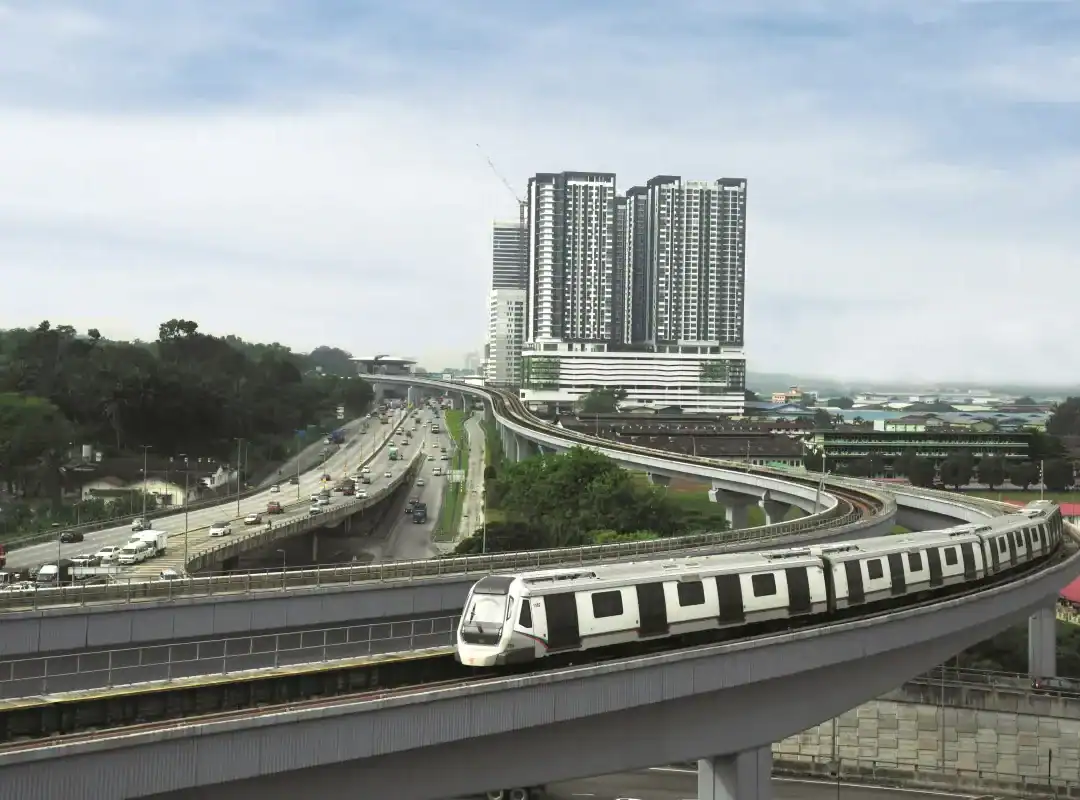The New Frontier in Real Estate Investment
Urban development has entered a transformative phase, spurred by the increasing appetite for efficient mobility and accessible city living. At the forefront of this revolution stand Transit-Oriented Development (TOD) Real Estate Investment Trusts, a distinctive investment vehicle capitalizing on one defining trait: proximity to robust public transportation systems. Unlike the urban sprawl of the twentieth century, today’s metropolitan areas strive for interconnectedness. These REITs offer a compelling proposition to investors, municipalities, and communities, merging return potential with improved quality of life.
Rise and Rationale of Transit-Oriented Development
The concept of TOD finds its roots in urban planning philosophies that prioritize compact, walkable neighborhoods centered around high-capacity transit stops. Whether it’s a light rail hub, subway station, or bus rapid transit line, access to transportation infrastructure fundamentally reshapes how people choose where they live, work, and spend their leisure time. As metropolitan populations grow and environmental concerns mount, more residents prefer communities that reduce dependence on personal vehicles.
For real estate investors, the emergence of TOD as an asset class offers numerous advantages. Land and property near public transit generally command higher demand, greater appreciation, and steadier occupancy rates. Residents and businesses are drawn to the promise of shorter commutes, reduced transportation expenses, and a vibrant urban fabric that supports walkability and green initiatives.

Distinctive Features of TOD-Centric REITs
Within the realm of property trusts, TOD REITs distinguish themselves through careful selection of assets. Rather than seeking blanket coverage in any city, these trusts strategically accumulate holdings within a short radius of major transit arteries. This includes multifamily apartment complexes, office towers, retail centers, hotels, and, increasingly, flexible or mixed-use buildings that blend living, working, and recreational uses.
A defining strength of TOD REITs lies in their ability to layer income streams. Apartments adjacent to public transit stations attract a premium, not only for the location but also for the reduced need for parking infrastructure. Retailers choose these settings to tap into abundant pedestrian traffic from daily commuters, while employers appreciate access to a broader talent pool unconstrained by traditional commute barriers.
Many TOD projects incorporate sustainable features from the outset—green roofs, energy-efficient systems, bike facilities, and pedestrian-friendly streetscapes. These design elements not only minimize the environmental footprint but also align with the values of eco-conscious tenants and investors.
Financial Performance and Investment Appeal
TOD REITs have become widely recognized for their financial resilience. Properties in proximity to well-utilized public transit typically experience lower vacancy rates than those in car-dependent areas. The convenience and accessibility foster steady demand, even during macroeconomic headwinds. People may economize in other areas, but reliable access to jobs and amenities remains a fundamental priority, cushioning TOD assets against heavy downturns.
Lease rates for both commercial and residential property are consistently higher near transit zones. For businesses, the allure of foot traffic and exposure can mean the difference between modest success and vibrant profitability. For residents, the willingness to pay for convenience translates into superior rent growth. This stability, in turn, enables TOD REITs to offer reliable distributions to shareholders, further bolstered by the underlying appreciation of their unique real estate holdings.

Urban Success Stories Driven by Transit
Throughout North America, Asia, and Europe, some of the most dynamic urban revitalizations have unfolded around major transit hubs. In the United States, areas like Arlington, Virginia’s Rosslyn-Ballston corridor showcase how coordinated TOD planning can reshape entire neighborhoods. Decades of mixed-use development around Washington Metro stations transformed this corridor from isolated suburban outposts into a bustling, desirable urban playground, with investments yielding significant returns for both developers and landlords.
In Canada, Toronto’s Union Station precinct exemplifies high-impact TOD, boasting a blend of offices, apartments, entertainment, and hospitality options, all anchored by the country’s busiest transit interchange. Property values and business growth in this urban core have far outpaced less-connected districts.
Internationally, cities like Hong Kong, Tokyo, and Singapore demonstrate the transformative power of transit infrastructure, with many local REITs holding diverse portfolios precisely mapped to their cities’ rail and metro grids. These examples collectively reinforce the notion that the proximity-to-transit premium isn’t confined by geography or culture; it’s a universal driver of value in modern cities.
Enhancing Urban Livability and Sustainability
TOD-focused REITs are uniquely positioned to shepherd sustainable urban growth. By concentrating residential and commercial density around transit stops, these developments reduce sprawl and lessen the carbon emissions associated with daily commutes. Residents enjoy seamless mobility options, while visitors find it easy to navigate new cities without relying on rental cars or ride-hailing services.
Walkability emerges as a key selling point in these environments. Streetscapes designed for foot traffic, enhanced lighting, public art installations, and open gathering spaces foster a palpable sense of community. Locally owned cafes, shops, and essentials.
Frequently Asked Questions (FAQs) about TOD REITs
-
What is a transit-oriented development (TOD) REIT?
A TOD REIT is a real estate investment trust that focuses on acquiring and managing properties located near major public transit hubs like subway stations, light rail stops, or bus rapid transit lines. -
Why invest in TOD REITs?
TOD REITs offer higher demand, steady occupancy, and increased property values due to their proximity to transit, reduced parking needs, and sustainable design features, making them resilient investments. -
Which property types are common in TOD portfolios?
Common assets include multifamily apartments, office buildings, retail centers, hotels, and mixed-use developments that combine residential, commercial, and recreational spaces. -
How do TOD REITs contribute to environmental sustainability?
By concentrating urban density near transit, TOD REITs reduce car dependency and carbon emissions, promote walkability, and often incorporate green building technologies. -
Are TOD REITs financially stable during economic downturns?
Yes, because properties near transit maintain lower vacancy rates and steady rent growth, they tend to be more resilient against market fluctuations compared to car-dependent properties. -
Who benefits from TOD developments besides investors?
Residents enjoy shorter commutes and better walkability; businesses gain increased foot traffic, and municipalities benefit from reduced traffic congestion and enhanced urban livability. -
Do TOD REITs only exist in large cities?
While most prevalent in urban centers, TOD REITs are expanding to any metropolitan area with reliable transit infrastructure, including emerging markets globally. -
How do TOD REITs impact community development?
They foster vibrant, mixed-use neighborhoods by encouraging pedestrian-friendly streetscapes, supporting local businesses, and integrating green spaces, thereby enhancing the overall quality of life.










